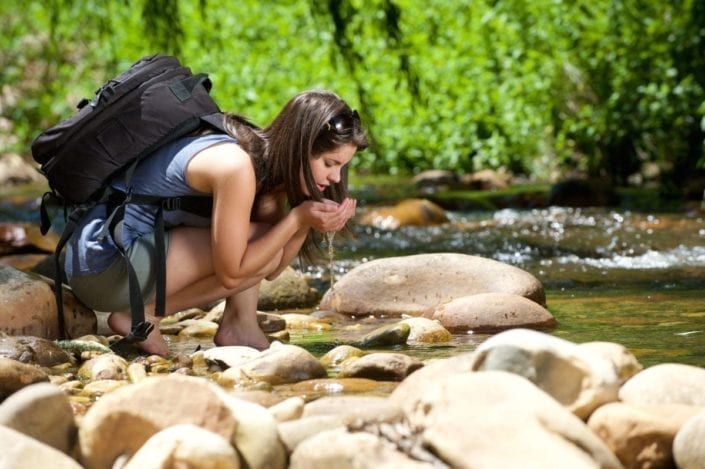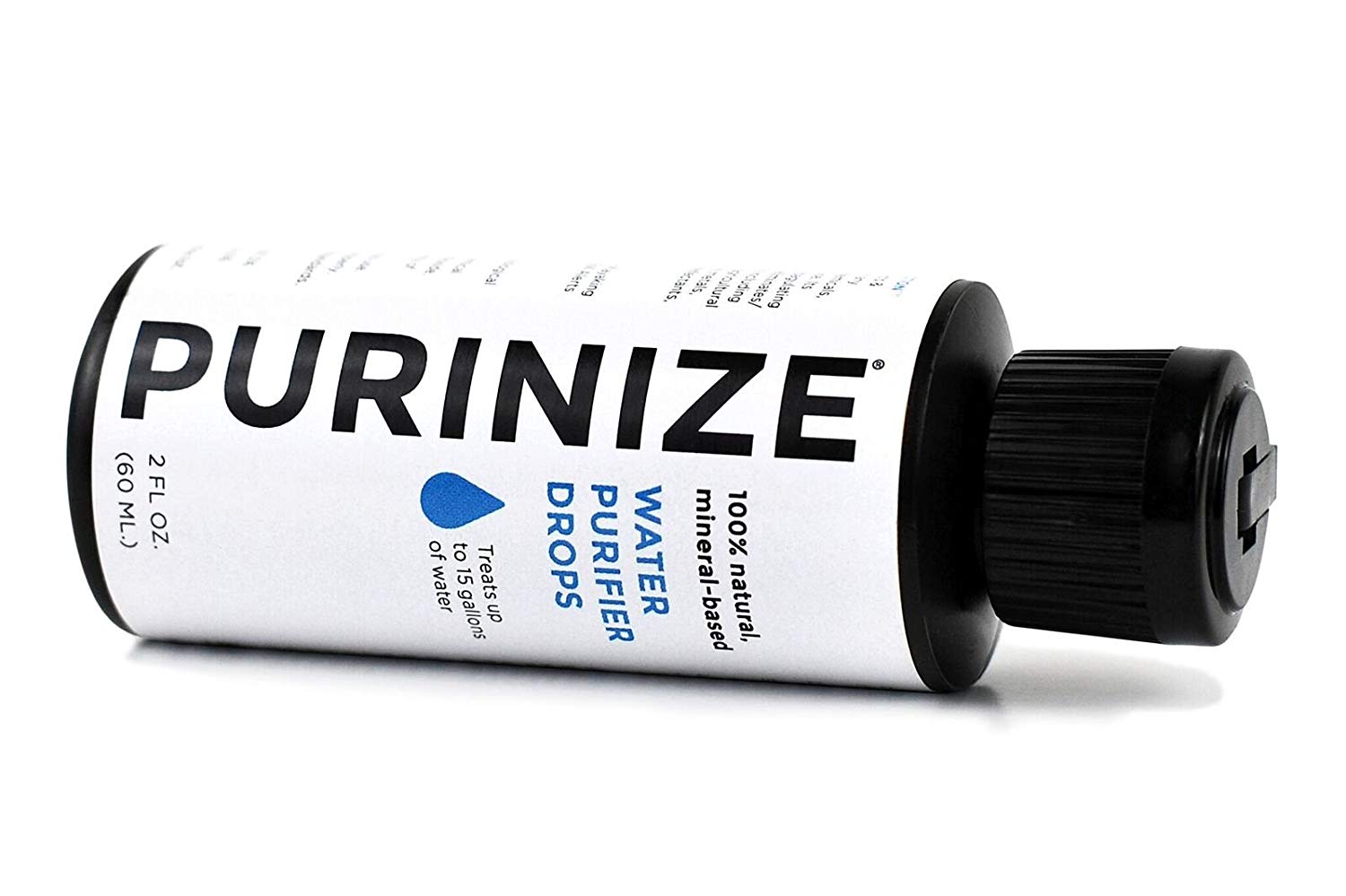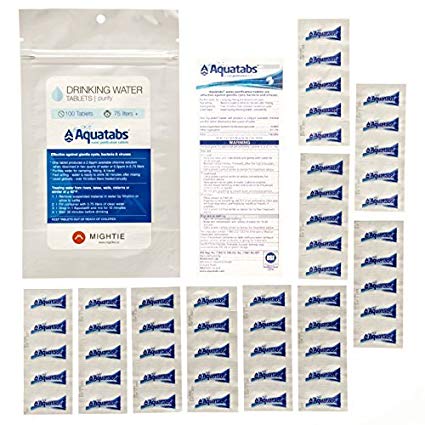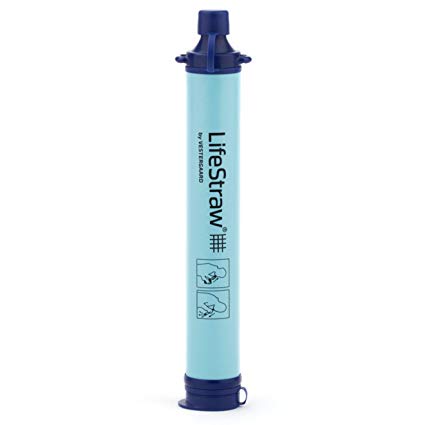Getting dehydrated while hiking is a sign of possible danger. It does not only make one susceptible to hypothermia in the winter or sunstroke in summer, but it also zaps your energy source slowing you down. This is why having enough water supply to last all throughout the hike is crucial to your well-being. When you find yourself lost, however, there are various water sources available for you to use. The idea now is to learn proper methods of purifying water while hiking.

Source: familydoctor.org
Hiking limits what you haul. With this, it is wise to learn at least one or two purification methods to ensure that you never run out of clean, potable water supply. Here are some basic methods for you to consider.
- Heating/Boiling. One of the most common and safest ways of purifying water while hiking is to heat or boil it. You can collect water from a brook, stream or waterfalls and have it boiled to kill microorganisms and other impurities. Most of the time, water can be easily boiled at around 3 to 5 minutes. Be reminded though that the higher your elevation, the longer it will need to boil water. This is, however, a much practical purification method than distillation which requires a lot of fuel, container and other whatnots for steam to escape.
- Pasteurization. One cannot pasteurize milk alone. Water can also be pasteurized even when in the wild, while on a hike. Pasteurizing water requires that you heat the water inside an airtight container at around 160-deg C Fahrenheit for at least 6 minutes to eliminate pathogens and parasites. It can even be done via a solar heating device that you can easily tow in your backpack.
- Iodine or Purinize. Hikers are often advised to bring along 2 percent iodine tincture, particularly when on a long hike, and for good reasons. Iodine is known to clean wounds. But beyond that, it can also kill bacteria, protozoa, viruses and other hidden dangers lurking in various water sources. Simply use this like bleach or perhaps, choose iodine tablets.
PURINIZE – Water Purifier
Another tincture-type water purifier is Purinize. Aside from killing microorganisms, it is also touted to eliminate the so-called modern contaminants like pesticides, PCBs, VOCs, herbicides, heavy metals, hormones and steroidal contaminants, chlorine, chloramines, and so on. These contaminants are commonly present in today’s water sources. The good thing about Purinize is that it doesn’t leave any after-taste and it never loses potency after opening.
- Aquatabs. These effervescent tablets can help provide clean and safe hydration when hiking in as little as 30minutes. Hikers usually put these tablets while resting and consume water as they resume hiking. Aquatabs are quite popular globally being the only water purifying tablet with NSF60 certification. It has also been used by the WHO in disaster-stricken areas as well as soldiers trapped in wartime crisis. It can prevent typhoid fever, cholera, dysentery, and various waterborne diseases. Do take note to pack it up in a waterproof pouch to maximize shelf-life.
Aquatabs
- Mechanical Filtration. Technology has advanced the world of water purification over the years. Now, one can also enjoy water bottles with built-in mechanical filtration. This GRAYL Ultralight Water Purifier [+ FILTER] BOTTLE, for instance, allows you to simply fill, press and drink water that’s free from disease-causing microorganisms. It also filters particulates, chemicals, heavy metals and even bad odors leaving nothing but clean water with zero after-tastes.
GRAYL Ultralight Water Purifier [+ FILTER] BOTTLE
Then, there’s the Lifestraw Water Filter. A water purifier that also makes use of a mechanical filtration system, this one can be easily slung in your backpack allowing you to drink water straight from any water source. Portable and ultra-lightweight, it comes in a sealed bag perfect for hiking.
LifeStraw Personal Water Filter
- Ultraviolet Light. A word of caution though, some UV light treatment can’t kill viruses. It can, however, kill other pathogens present in water when used correctly. The SteriPen, however, is an exception. Known to destroy 99.9 percent of harmful microorganisms including viruses and Giardia, it can deliver clean and safe drinking water with no after-taste. Simply soak tube into your water container and allow the sensor to signal when it’s finished. Water sensor, by the way, also doubles as LED flashlight.
SteriPen Adventurer Opti UV Water Purifier
Learning several methods of purifying water while hiking can make a lot of difference. Regardless of which method you choose though, it is more effective to collect water and allow it to sit for a few hours before purifying. This allows sediments to settle down making it easier, faster and more effective for you to eliminate harmful contaminants, impurities, and microorganisms therein.






